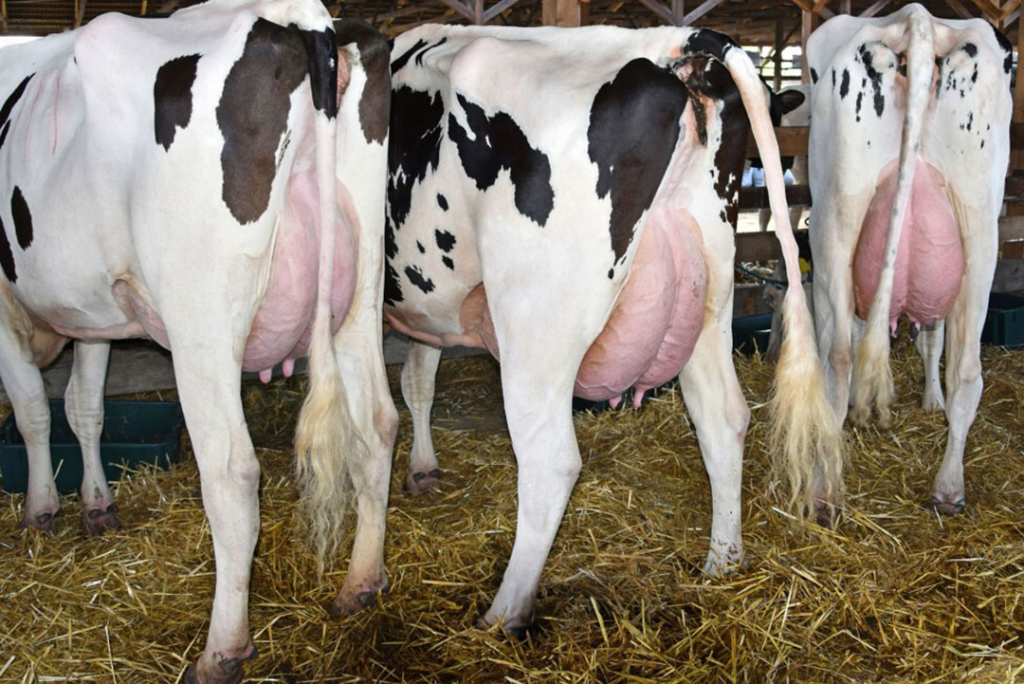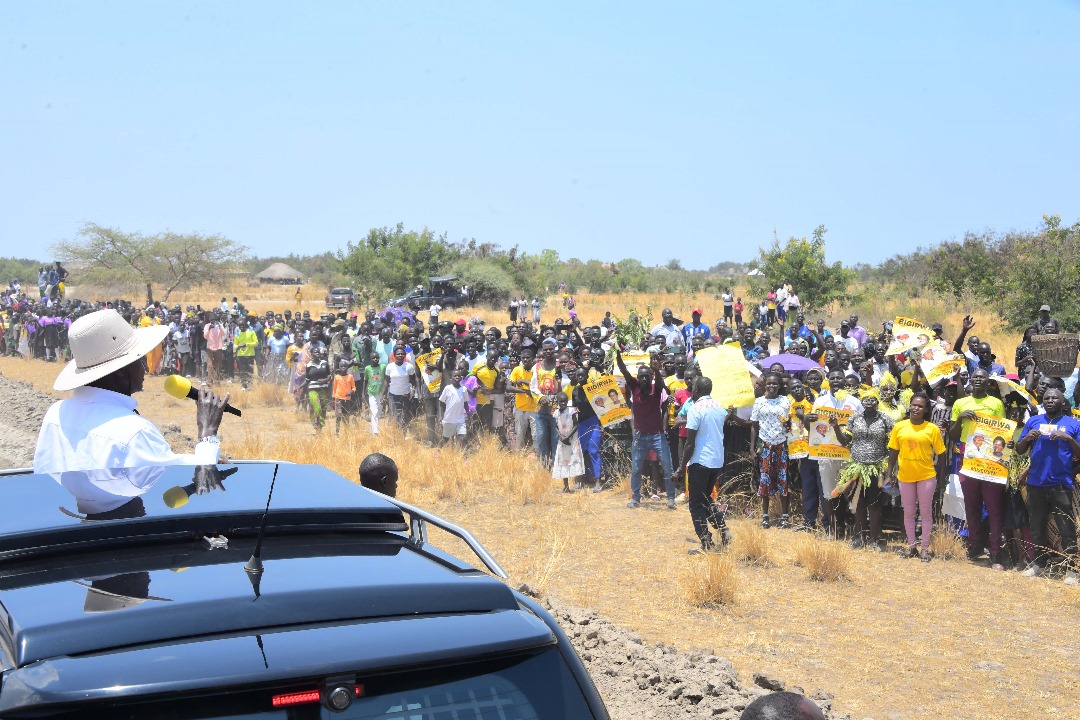
Between 1862 and 1900, the population of what is now known as Uganda was little more than 2 million people. Uganda’s population would expand to 9.7 million people by 1971, when Idi deposed Obote, after gaining independence from the British. At no point has population growth slowed much, and by the time Ugandan exile groups, most notably Kikoosi Malum and FRONASA, ousted Idi on April 11, 1979, the country’s population had risen to about 12 million people. According to Uganda Bureau of Statistics (UBOS), there are at least 43.7 million of Ugandans now. Many theories have been proposed to explain this growth.
Some of these include improved health care, which has resulted in a decrease in the death rate caused by the so-called “7 killer diseases.” No surprise H.E. President Museveni refers to Ugandans under the age of 30 as “Immunised Bazzukulu.” However, our population growth is partly due to peace and security of “person and property” as well as more residents joining the contemporary money economy (economic development). A guarantee of peace and stability throughout Uganda has resulted in higher levels of Foreign Direct Investment (FDI) entering the country, and with them, many more Ugandans now have employment and wage opportunities.

Employment and salaries give rise to an urban style of life characterized by affluence or the appearance of it. Along with the availability of modern medicines to battle most tropical and viral infections in all of our hospitals and health centers, these are the elements that have contributed to the current population growth. Uganda, on the other hand, has the world’s youngest population. We are 78 percent under the age of 30. Uganda is home to little about 8 million young people aged 15 to 30. The great majority of these people are out of work.
The government has devised a range of solutions to address the unemployment problem, as well as the approximately 3.5 million households who remain in the subsistence sector. The Parish Development Model and the Emyooga program are two of these approaches. The Parish Development Model focuses on generating socioeconomic transformation by converting households in each of our parish that still practice subsistence agriculture to commercial agriculture.
To that end, the PDM fosters the formation of specific economic groups within the Parish. Because most family landholdings in Uganda average 4 acres, the 4 acre model, which emphasizes intensive commercial agriculture, has been established with the leadership of H.E. President Museveni. The commercialization of the whole agricultural sector (including agro-based industries, veterinary services, ICTs, and trade) has the potential to produce over 15 million employment between now and 2026.

This is why, in his address to Members of Parliament last week, H.E. President Museveni emphasised that the Parish Development Model must function. He cautioned, “The wanainchi in Acholi sub-region told me of the parasites that were like flies swarming around the Parish Development Model and Emyooga money.” Today, I wish that each and every one of us, no matter how great or tiny, would join the fight against these “parasites.” We must not tolerate the sluggishness of corruption in government ministries and departments. However, as we tackle the “parasites,” it is also critical that we begin to work toward developing a family planning culture. Economic growth is generally hampered by rapid population increase. If we do this, we can’t all look forward to the beauty of tomorrow’s Uganda. This is the Parish Development Model’s promise.



